
How to check original mileage of a car is an essential skill for drivers nowadays. Especially in times of odometer fraud, when accurate mileage is becoming more frequent, it is essential to ensure that you have genuine mileage. But how should you do that? Why is it necessary to have accurate mileage data? What do you do if the miles are not real? These are the topics that we are going to discuss and analyze in this post.
Automobile mileage affects various aspects of your vehicle. Based on the actual miles, you will determine the best time for oil changes, overall check-ups, and maintenance. With accurate miles, you can also measure your mpg (miles per gallon) and calculate your approximate travel costs. Imagine you want to plan a long journey by car. The first thing that comes to your mind is the fuel costs. You should know how much fuel your auto needs to cover that distance. Without accurate mileage tracking, it will be much harder for you to determine the estimations.
Here are some important aspects that can be affected by vehicle mileage:
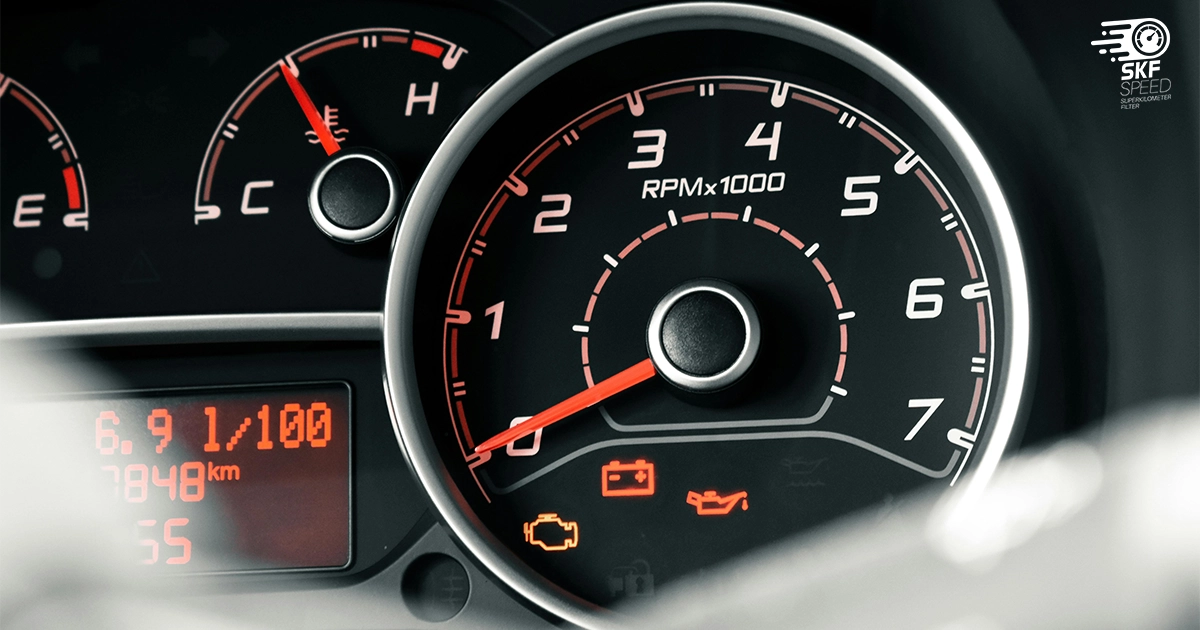
In order to check the original mileage of a car, request a vehicle history report. If the owner can’t provide you with the report, use VIN to receive the information online. This approach will allow you to verify mileage and identify discrepancies. If you suspect any fraud, you may contact local law enforcement for further investigation.
The following steps will help you double-check other important details:
Let’s put the tips into practice. Imagine you see a vehicle with a 60,000-mile record. You like it and are considering buying the car. Before making a final decision, you decide to verify the automobile and use an OBD scanner. Once the professional checks the data with the scanner tool, it shows that the system recorded 110,000 miles instead of 60,000. This means that 50,000 miles were artificially rolled back to deceive potential customers.
As you can see, odometers don’t always reflect the real picture. You need to inspect them more carefully and verify all the possible information.
Odometer manipulation is a frequent practice, and millions of cars worldwide have inaccurate mileage. This increases the chances of you receiving a vehicle with deceiving information. But how would you know that mileage has been changed?
The very first thing that you need to do for mileage verification is to have the official history report. This official document provides you with information about all the officially recorded miles regarding the mileage. Once you have this document, compare it to the miles shown on the vehicle dashboard. If the data matches, the chances are higher the vehicle has original mileage. However, if the history report doesn’t contain the same data, probably the owner has changed the miles.
Once you have information about the car and VIN, you can find out who the previous owners were. You can contact them and double-check the mileage data with them. If their mileage statistics align with the current mileage, then your car should have the correct mileage information.
Wear and tear are important not just for visual appeal but also to indicate the condition of the vehicle. A thorough inspection can help you identify any flaws or potential issues. So, what should you do? Check the vehicle’s seats, pedals, and steering wheel for signs of excessive wear. If the automobile has low mileage on the odometer, these parts should not show significant damage. If they do, the mileage information may not be reliable.
If an odometer has been rolled back, several apparent signs might expose fraud. One of the most obvious signs is misaligned or shaking numbers on a mechanical odometer. If the digits do not line up exactly or certain numbers seem slightly higher or lower than others, the odometer has most likely been tampered with. As for digital odometers, odometer rollback may result in blinking error warnings or missing digits on the display.
Another method to identify rollback is to examine the tires. Many original factory tires have a lifespan between 50,000 and 60,000 miles. If a “low-mileage” vehicle has fully worn-out tires, something isn’t right. These minor facts might help you detect odometer fraud before it’s too late.
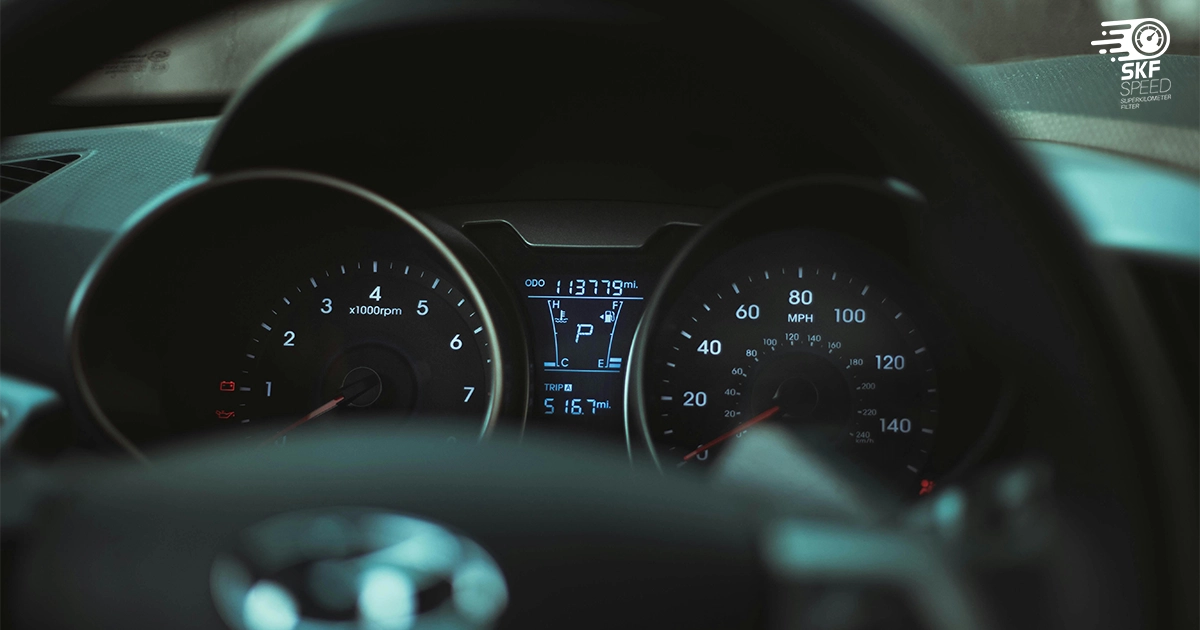
The mileage blocker is a premium vehicle device made in Germany. Its main goal is to stop the mileage recording process when driving an automobile. The main idea is that the broker doesn’t store the mileage-related data in ECUs or any other system storage units. Hence, the actual information is completely untraceable by anybody.
The mileage blocker is regarded as one of the best tools for automobiles due to its high efficiency and ease of use. However, this device is designed exclusively for car testing and tuning. It is not advisable to utilize the mileage blocker on public roads unethically or in violation of local regulations.
The mileage blocker doesn’t delete, rollback, reset, or remove any already recorded mileage from the dashboard or system. It doesn’t change the original mileage. Many other devices reset or wind back miles from the odometer. The mileage blocker only stops recording miles while driving and doesn’t interfere with already recorded miles.
For example, if your vehicle has 73,000 miles on the dashboard, after installing the mileage blocker, that 73,000 miles will be intact. The blocker won’t change any of the data that is already in the system or on the dashboard.
The mileage blocker has several advantages compared to other devices:
How to check original mileage of a car is vital for ensuring you are buying an accurate vehicle. Start by reviewing the car’s history report and comparing it to the odometer reading. If you notice any discrepancies, utilize an OBD scanner to check the internal data or consult with previous owners. Additionally, examine the vehicle for signs of unusual wear and tear, as this may indicate mileage tampering.
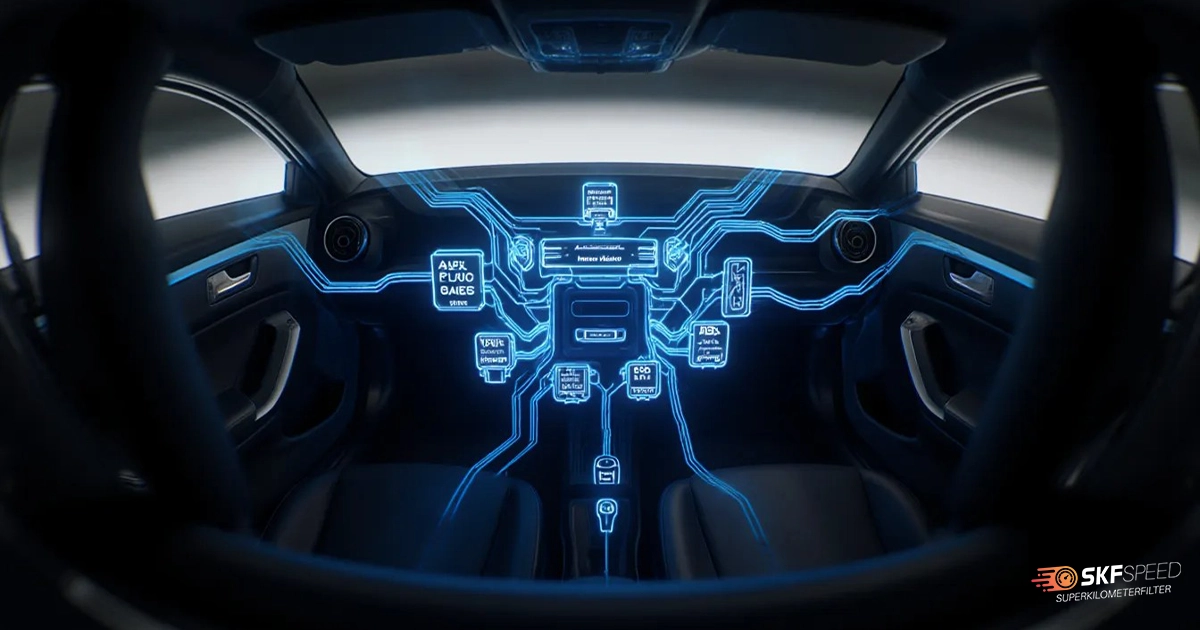
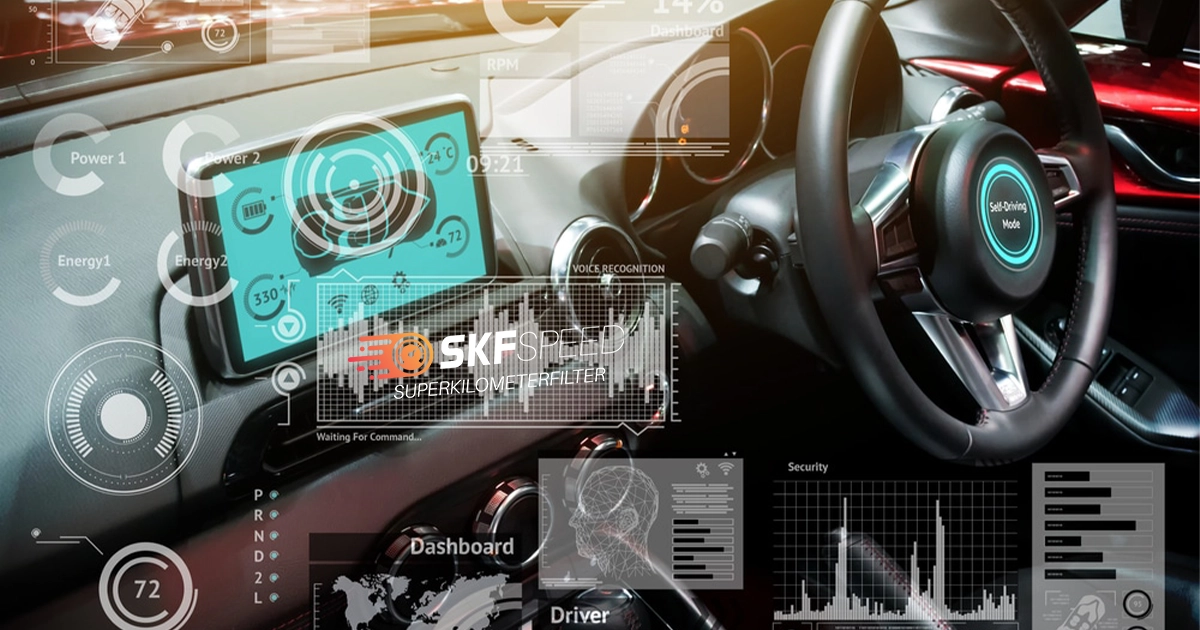
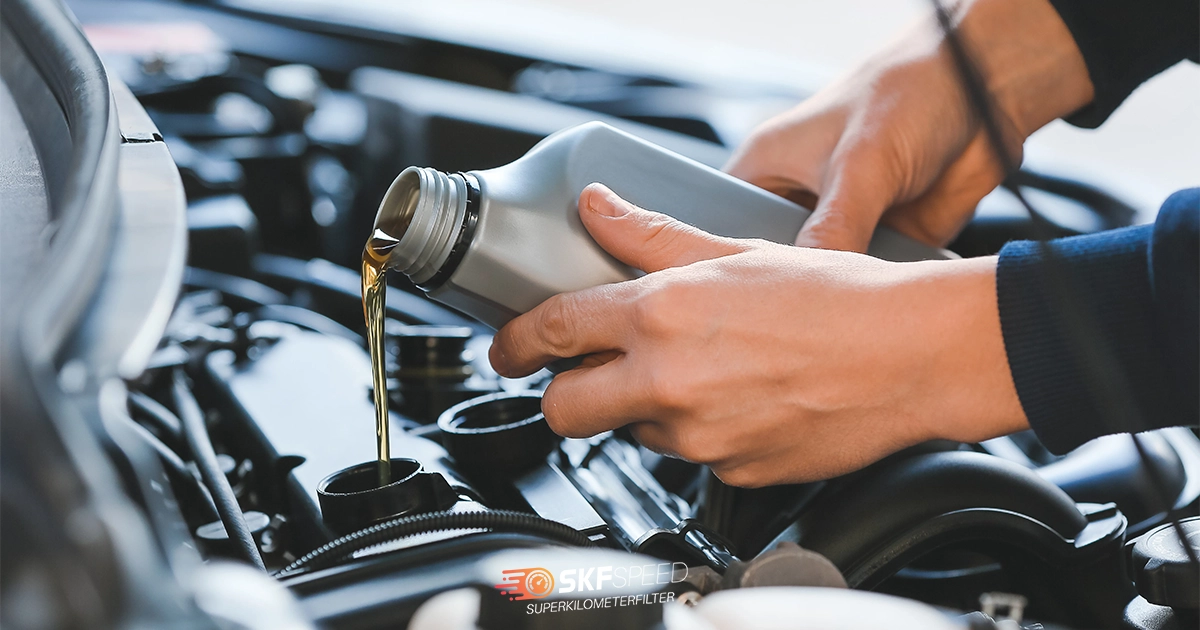



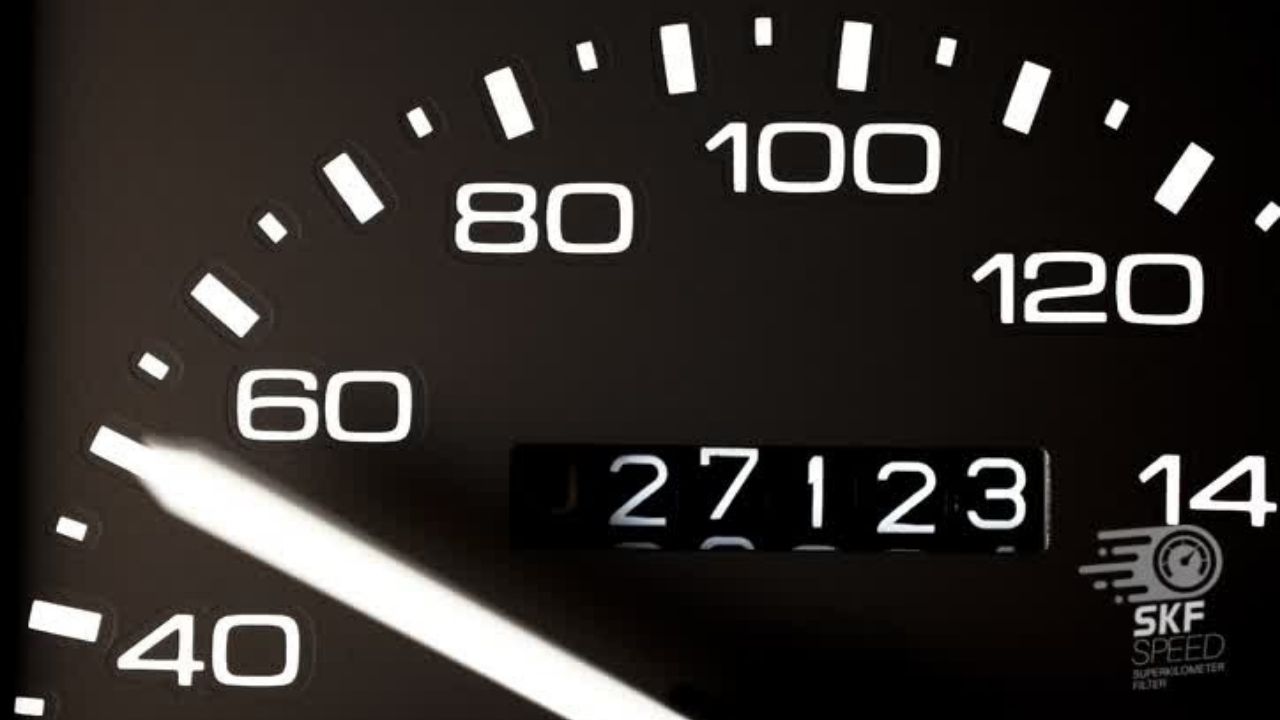
Here you will find all the details about our company
Here you will find shipping and return related information
Here you will find information on all technical questions
Here you will find helpful information about installation